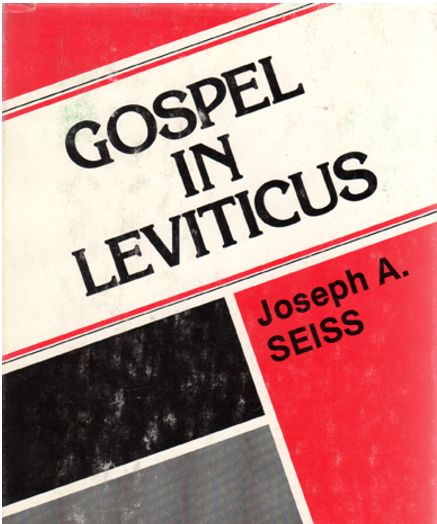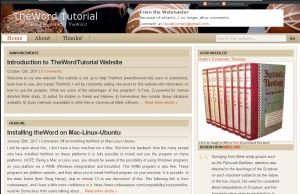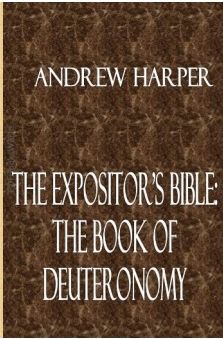
Seiss, Joseph-Gospel in Leviticus
WLue777
- 0
Gospel in Leviticus
By Joseph Seiss
Introduction Leviticus
Moses and his Third Book—What is the Gospel?—The many ways in which it is presented—Natural Symbols of Christ—The value of Types in conveying instruction—Nature and Revelation.
Moses was one of those miraculous men, of whom there have been but a few. History tells not of another like him, unless it be the Savior, whom he so much resembled. Christ and he stand out upon the records of the past, as two great mountains, broad and high—the Alps of the ages—where earth and heaven touch; where the human connects with the divine. They head the two great dispensations of God thus far. All that the heavenly Father has delivered to us as yet, is comprised in the Law and the Gospel; and the one was “given by Moses,” and the other “came by Jesus Christ.” About one-third of the Old Testament was written by this remarkable man. It was through him that inspiration first broke forth in a steady and continued stream. He was, and remains, the great Lawgiver and Historian of the world.

Torrey Fundamental Doctrines of the Christian Faith is a set of 15 chapters on various doctrinal themes in the Bible. Some of these chapters are...
1. Inspiration, or to what extent is the Bible Inspired of God?
2. The Christian conception of God...
4. The Deity of Jesus Christ
5. Jesus Christ, a Real Man
6. The Personality of the Holy Spirit
7. The Deity of the Holy Spirit and the Distinction between the Father, Son and Holy Spirit
8. The Atonement...
9. The Distinctive Doctrine of Protestantism: Justification by Faith
10. The New Birth
11. Sanctification
12. The Resurrection of the Body of Jesus and of our Bodies
13. The Devil
14. Is there a Literal Hell?
15. Is Future Punishment Everlasting?
Published in 1918.
Downloads:
PDF: Torrey Fundamental Doctrines
theWord: Torrey Fundamental Doctrines
MySword: Torrey Fundamental Doctrines
eSword: Torrey Fundamental Doctrines
Leviticus is the third in the order of his inspired writings. It is a book which treats of the offices, rites, services, and feasts of the Hebrew religion, as given in the charge of the priests—the sons of Levi. Hence its title, Λευιτιχον—Leviticus—that is, what relates to Levi. The Talmudists denominated it “The Law of the Priests”—”The Law of the Offerings.” Either of these titles sufficiently describes it.
AdvertisementtheWord Tutorial Website
 Visit our learning theWord website for help classes on how to use theWord and do various things within the program. We also have tips, and module creation helps.
Visit our learning theWord website for help classes on how to use theWord and do various things within the program. We also have tips, and module creation helps.

